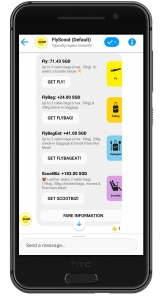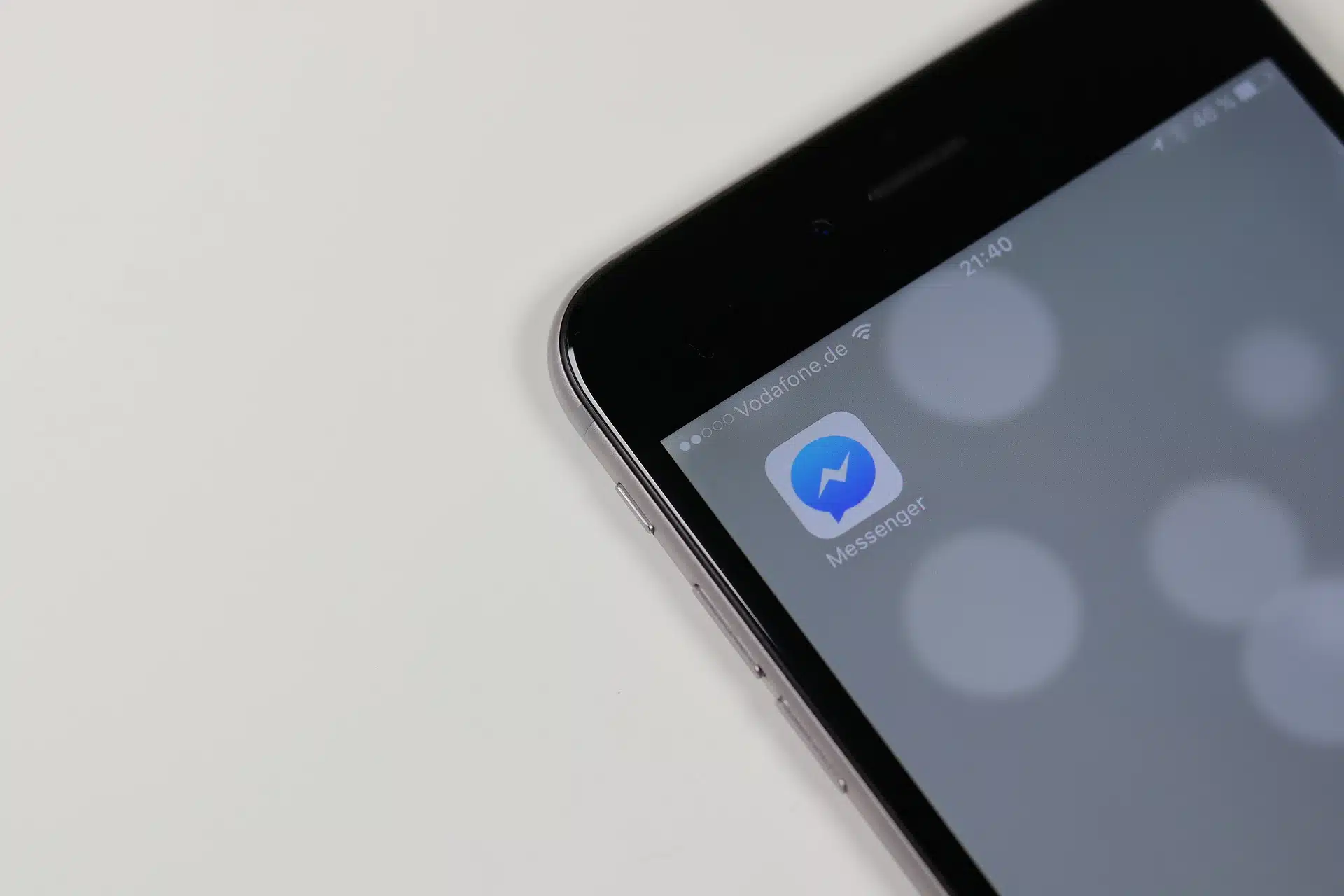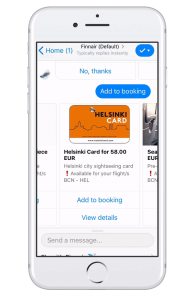Messenger channels are becoming one of the best places for airlines to sell ancillaries, and two complementary trends are making it happen.
On one ha
Together those two trends add up to a powerful sales opportunity for airlines.
We’ll explore each of these in turn:
Messenger is about more than messaging
Arguably, the name ‘Facebook Messenger’ is no longer a completely accurate reflection of the app and the product.
As well as message, right now you can play games, watch videos, chat to companies, and in the travel space buy tickets and organise itineraries all on Messenger
In fact, Messenger is about much more than messaging, much in the same way as WeChat is about a lot more than chat. And has been for a while.
WeChat users can, among other things, order food, pay utility bills, get taxis, book doctors appointments, and transfer money to friends and family without ever leaving the app.
A lot of analysts believe Facebook’s goal is in fact to turn Messenger into the equivalent of WeChat outside China. In other words, the world’s largest social network will put investment and resources into turning Messenger into a platform where it will be easier for travel brands in particular to sell.
Taking advantage of the “I want to buy” micro-moment
What are micro-moments? Google calls this “the moments when we turn to a device—often a smartphone—to take action on whatever we need or want right now.
“These I-want-to-know, I-want-to-go, I-want-to-buy, and I-want-to-do moments are loaded with intent, context, and immediacy. “
In fact, when it comes to travel, additional research published by Google shows that while people may book their flights or hotels in advance, half of additional searches and purchases happen when someone is already in the destination, and on mobile devices.
In other words, people buy (e.g.) a tour or a form of ground transportation when they need it, and not before. And they do it on their phone.
Let’s translate that to the airline space. When will you look at buying additional luggage? A month before travel when booking your ticket? No, it’s the kind of thing you will probably be thinking about just before checking in.
And where will you do that? Probably on your phone of course, and there’s every chance it will even be in a cab on the way to the airport, or at the airport itself.
Doing so via an intelligent assistant on a messenger application is fast, convenient (one handed typing or voice) and without the need to navigate a mobile website or hold on the phone for a human sales agent.
Buying extra luggage of course links into a particular need, “I want to buy”, but what about taking advantage of the “I want to know” or “I want to do” moments.
Again, this is where an assistant built into a messenger application can help. A good example is what Finnair does right now with its Finn bot (built by Caravelo).
Finnair sells non-airline ancillaries through Finn, such as the Helsinki Card (which offers free public transportation and entrance to top attractions). And the perfect time to do that is when the passenger checks into her / his flight to Helsinki, and s/he is starting to think about things to do at the destination.
To find out how you can take advantage of micro-moments to up-sell ancillaries to your customers, get in touch with Caravelo.
This article appeared in Airline Marketing Monthly, and was part of a supplement on chatbots, produced in partnership with Caravelo. Read the full magazine here.

